-
Promotion

6-Pack Mind The Step Signs
£41.99
£23.94
Supplied in: Pack of 6 -
Promotion

6-Pack Caution Fragile Roof Signs
From £31.99 To £155.99
From £26.57 To £133.71
Supplied in: Pack of 6 -
Promotion

Caution Trip Hazard Signs
From £5.99 To £50.99
From £4.62 To £46.19
Supplied in: Single -
Promotion

Mind The Step Signs
From £8.99 To £14.99
From £4.54 To £8.25
Supplied in: Single -
Promotion

Caution Slippery Surface Stanchion Sign
£80.99
£43.34
Supplied in: Single -
Promotion
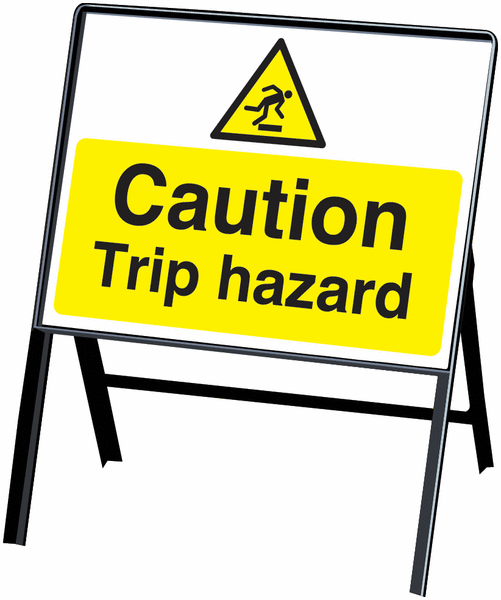
Caution Trip Hazard Stanchion Sign
£80.99
£43.34
Supplied in: Single -
Promotion

Danger Slippery Surface Signs
From £6.99 To £50.99
From £5.04 To £34.38
Supplied in: Single -
Promotion

6-Pack Caution Wet Floor Signs
From £31.99 To £155.99
From £26.57 To £133.71
Supplied in: Pack of 6 -

Caution Slippery Surface Sign
£55.92Supplied in: Single -
Promotion

Construction Signs - Mind Your Step
From £11.32 To £69.99
From £11.32 To £41.67
Supplied in: Single -
Promotion

Fragile Roof/Crawling Boards 6-Pack Multi-Message Signs
From £117.99 To £251.99
From £100.80 To £218.70
Supplied in: Pack of 6 -
Promotion

Warning Sudden Drop Signs
From £5.99 To £33.99
From £4.62 To £27.50
Supplied in: Single -
Promotion
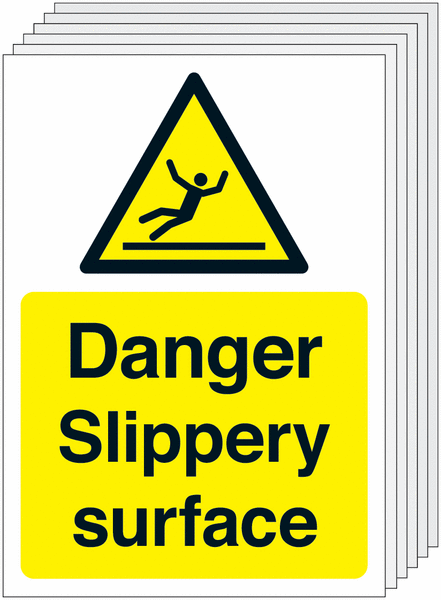
6-Pack Danger Slippery Surface Signs
From £31.99 To £155.99
From £26.57 To £133.71
Supplied in: Pack of 6 -
 Customisable
Customisable

Custom Safety Signs
-
 Customisable
Customisable
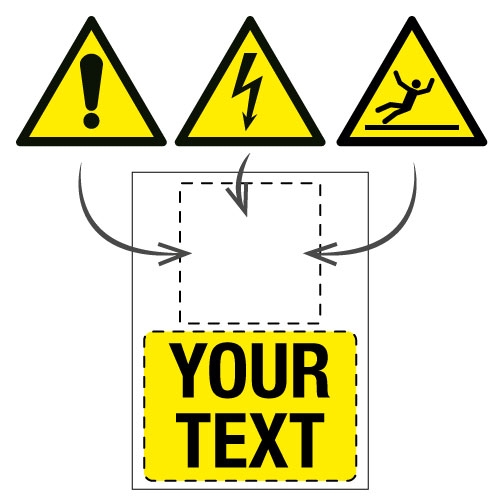
Custom Hazard Signs
-
 Customisable
Customisable

Custom Anti-Slip Hazard Warning Floor Signs
-
Promotion
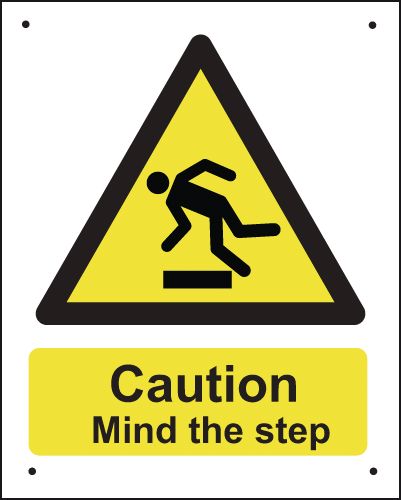
Caution Mind The Step - Vandal-Resistant Sign
£39.99
£35.33
Supplied in: Single -
Promotion

Danger Drop Self-Adhesive Signs - Single Hazard Sign
From £6.99 To £50.99
From £5.04 To £34.38
Supplied in: Single -
Promotion

Caution Fragile Roof Self-Adhesive ISO 7010 Single Sign
From £6.99 To £50.99
From £5.04 To £34.38
Supplied in: Single -
Promotion

Warning Beware Of Step Signs
From £5.99 To £50.99
From £4.29 To £34.38
Supplied in: Single -
Promotion

6-Pack Warning Beware of Step Signs
From £31.99 To £155.99
From £26.57 To £133.71
Supplied in: Pack of 6 -

ToughWash - Warning Drop (Fall) Sign
From £8.99 To £58.99Supplied in: Single -
Promotion

Warning Floor-Level Obstacle Sign
From £6.99 To £31.99
From £4.58 To £25.36
Supplied in: Single -
Promotion

4-Pack Anti-Slip Floor Signs - Danger Slippery Surface
£146.99
£118.97
Supplied in: Pack of 4 -
Promotion

4-Pack Anti-Slip Rectangular Floor Signs - Warning Beware Of Step
£146.99
£118.97
Supplied in: Pack of 4 -
Promotion

4-Pack Anti-Slip Floor Signs - Warning Beware Of Step
£136.99
£133.53
Supplied in: Pack of 4 -
Promotion

6-Pack Caution Trip Hazard Signs
£156.99
£131.29
Supplied in: Pack of 6 -
Promotion

Warning Steep Stairs Signs
From £2.99 To £31.99
From £2.18 To £25.36
Supplied in: Single -
Promotion

Caution Wet Floor Signs
From £5.99 To £50.99
From £4.62 To £34.38
Supplied in: Single -
Promotion

Constrution Signs - Caution Trip Hazard
From £16.99 To £69.99
From £13.70 To £41.67
Supplied in: Single -
Promotion
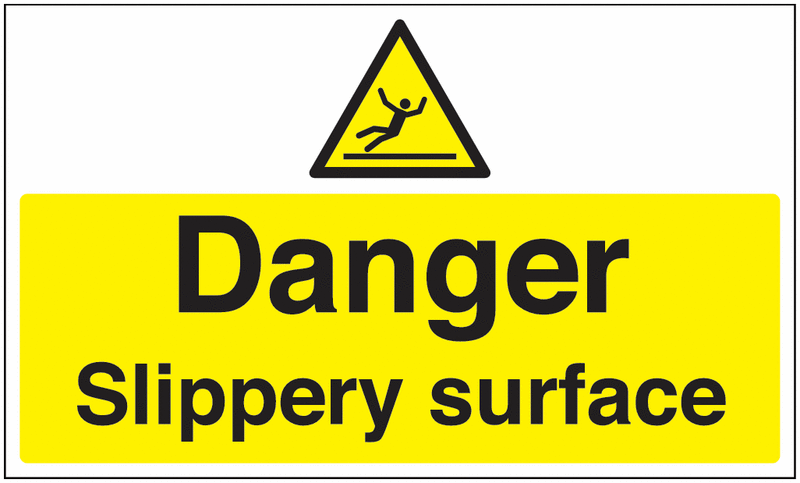
Anti-Slip Floor Signs - Danger Slippery Surface
From £30.99 To £53.99
From £16.64 To £34.99
Supplied in: Single -
Promotion

Danger Fragile Roof - Vandal-Resistant Sign
£39.99
£35.33
Supplied in: Single -
Promotion

Danger Slippery Surface - Temporary Post-Mounted Signs
£23.99
£20.48
Supplied in: Single -
Promotion
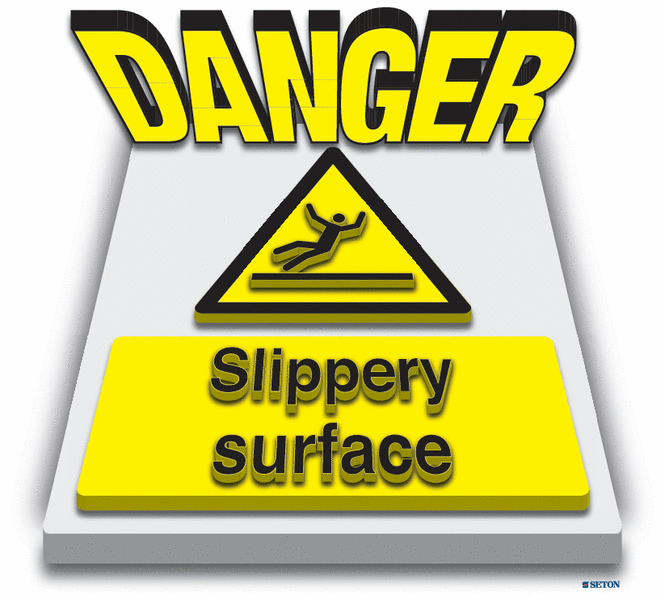
Danger Slippery Surface - 3D Floor Sign
From £23.50 To £27.60
From £10.82 To £18.30
Supplied in: Single -
Promotion

Watch Your Step - 3D Floor Sign
£30.99
£21.99
Supplied in: Single -
Promotion

Danger Trip Hazard ISO 7010 Symbol & Text Signs - Single
From £3.99 To £31.99
From £3.87 To £25.36
Supplied in: Single -
Promotion

Warning Beware Of Step Window Fix Safety Signs
From £10.99 To £16.99
From £5.13 To £15.48
Supplied in: Single -
Promotion

Deluxe Metal Look Safety Signs - Caution Trip Hazard
From £17.99 To £25.99
From £14.15 To £23.59
Supplied in: Single -
Promotion

Anti-Slip Floor Signs - Warning Beware Of Step
From £30.99 To £54.20
From £16.64 To £40.84
Supplied in: Single -
Promotion
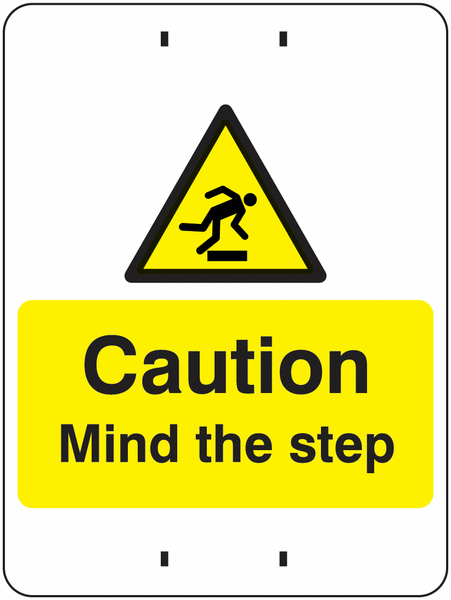
Caution Mind The Step - Temporary Post-Mounted Signs
£23.99
£20.48
Supplied in: Single -
Promotion

Caution Fragile Roof - Temporary Post-Mounted Signs
£23.99
£20.48
Supplied in: Single -
Promotion

Caution Wet Floor Stanchion Sign
£80.99
£43.34
Supplied in: Single -
Promotion

Danger Sudden Drop Signs
£93.99
£68.01
Supplied in: Single -

Mind The Step Highly Visible Mats
From £147.59 To £181.79Supplied in: Single -

Danger Slippery Surface Highly Visible Mat
£147.59Supplied in: Single -

ToughWash - Warning Floor Level Obstacle Sign (Symbol)
From £8.99 To £38.99Supplied in: Single -

ToughWash - Warning Drop/Fall Sign (Symbol)
From £8.99 To £38.99Supplied in: Single -

ToughWash - Warning Slippery Surface Sign (Symbol)
From £8.99 To £38.99Supplied in: Single -

ToughWash - Warning Floor Level Obstacle Sign
From £8.99 To £58.99Supplied in: Single -

ToughWash - Warning Slippery Surface Sign
From £8.99 To £58.99Supplied in: Single
Trip & Slip Hazard Signs
Need help?
 When to use temporary anti-slip signs
Materials for all environments- Trip & Slip Hazard Signs
When to use temporary anti-slip signs
Materials for all environments- Trip & Slip Hazard Signs
Trips and slips are a common form of workplace injury, leading to a range of injuries from minor to life-changing. It is the legal requirement of employers to take steps to prevent these accidents from occurring. Use our trip and slip signs, in conjunction with your own risk assessment to highlight the dangers present.
We offer a full range of messages, sizes and styles of trip & slip hazard signs or you can design your own to create your own unique signage. Shop the range and reduce the risk of trips and slips on your premises today.

Expert Information
Also discover:
Safety signsElectrical SignsHarmful Substances SignsFlammable signsCaution SignsChemical signsWarning signsPedestrian warning signsTemperature Warning SignsHazardous Area SignsCctv signsForklift Warning Signs
Steep steps, slippery surfaces and wet floors are just some of the common trip and slip hazards found in workplaces. Using trip & slip hazard signs can alert everyone to the danger, encouraging them to take greater care or to avoid the hazard altogether.
Reduce Slips, Trips & Falls
The use of anti-slip flooring, stair treads and stair nosings can help to further reduce the risk of a slip or trip at work. In addition to wall signs we also offer floor signs that are quick and easy to apply, are non-slip and can help you to highlight any potential slip or trip hazards.
The range of slip and trip warning signs at Seton is comprehensive, and most signs are available in a variety of options to suit different environments. Choose the sign that best suits your requirements, and select from an array of different materials; including high quality metals and plastics.
We have available signs that are suitable for both indoor and outdoor use. For extra-durable safety signs consider choosing a sign that is water, UV and solvent resistant, or even vandal-resistant for use in particularly demanding areas.
All of our trip and slip hazard signs feature the well-known hazard triangle with an EU legislation compliant pictogram giving further information on the nature of the trip, slip or fall hazard. The signs also feature clear wording describing the general nature of the hazard.
Because the areas can change where trip and slip hazards often occur, you may prefer to opt for a temporary sign that can be used as required. For example, temporary floor signs warning of a wet floor or cleaning in progress are ideal for this. They fold flat for convenient storage but can be quickly accessed and set up in the event of, for instance, a spillage.
Don't forget to pair your trip and slip hazard sign with suitable sign fixings, particularly for those that aren't already self-adhesive.
Accident prevention is a key part of a good health and safety procedure, and these trip and slip hazard signs can go some way to preventing those accidents. However, whilst the risk can be significantly reduced, it is impossible to eliminate altogether. In the event of a trip, slip or fall, prompt first aid treatment can do a great deal in reducing the severity of an injury. Make sure that your first aiders have everything they need to assess and treat injuries as well as recording any incidents for future health and safety risk assessments.
Hazard warning signs are an essential part of health and safety procedures and help employers fulfil their legal obligations to protect their workers from accidents.
Many of the regulations surrounding health and safety can be confusing, but by shopping with Seton, one of the UK’s leading suppliers of workplace safety equipment, you can feel confident that every product you purchase from us complies with current UK and EU legislation.
Preventing accidents will do a great deal to provide reassurance to your employees that their wellbeing is taken seriously, and can even help to improve workplace efficiency. Clearly displayed trip and slip hazard signs and informational posters are an effective step that you can take to achieve this.
Trip & Slip Hazard Signs
Slip, trip, and fall signs are specially designed labels with the aim of creating awareness among people that there is a safety hazard present somewhere. This kind of trip hazard signage is widely used in public areas such as shopping centres, parks, roads and offices to inform people when the floor is wet, exceptionally slippery, uneven, or when it has some kind of spills. These signs are also placed when there is a risk of falling during the construction of roads and buildings to prevent deadly accidents.
Why are slipping hazard signs important?
Incidents of slip, trip, and fall (STF) at work or in public places may cause grave or incapacitating injuries, missed workdays and decreased productivity. Same-level falls are the second most common avoidable form of workplace injury and they happen in all types of workplaces and industries. The first step in mitigating STF is to be ready with the appropriate signs.According to the Health and Safety Executive (HSE), slipping hazard signs and labels are extremely important and must be used effectively because their proper use can help in avoiding many unnecessary and serious accidents. Keeping this in mind, Seton has come up with a range of tripping hazard signs that are in-line with the recommendations provided by the HSE.
What are the different types of slip hazard labels?
There are various slip hazard signs available at Seton that will help you to make your environment and workplace free from dangerous falls. Most of the slip, trip, and fall labels are created using a bold black-filled image on a bright yellow background, followed by a word of caution, and a simple and short explanation. However, some labels only consist of an image or bold text.The main idea behind using the bright yellow background for these labels is to attract immediate attention, as it is almost impossible to ignore the colour if spotted anywhere. Similarly, the reason behind using the combination of an image and text is to make sure that anyone who sees the sign is able to comprehend it. If the person knows how to read, they will find out what the hazard ahead is from the text. However, if the person does not know how to read, they will understand the potential danger just by looking at the image on the labels.
The most commonly used slip, trip, and fall signs include:
- Warning Beware of Step signs
- Caution Slippery Surface signs
- Warning Sudden Drop signs
- Caution Wet Floor signs
- Caution Fragile Roof signs
- Warning Steep Stairs signs
- Please Mind the Step signs
Seton also provides Rocks Falling signage, which is ideal for use on private traffic routes, car parks and industrial estates. There are two types: Rocks Falling Left signs and Rocks Falling Right signs.
Where should trip and slip hazard signs be placed?
Safety signage is crucial, but it won’t be visible or useful to visitors if it isn’t placed in the right area of the workplace. As the main determinant of a sign’s visibility, the location may have a significant effect on whether it’s successful or not. Consider the layout of visual space as being separated into three levels:Above the head (equivalent to 6.5 feet, or 78 inches).
At the level of your eyes, which is 4 to 5.5 feet (4 to 66 inches) above the ground.
Below the level of your knees (between 4 and 18 inches off the ground).
Design Your Own Sign – Warn of Trips, Slips or Falls
If your premises need a trip and slip sign that is not currently in our range, then consider creating your own sign that is unique to your business. We offer a variety of both custom floor and wall signs. These signs can convey the precise information that you want while still conforming to the required health and safety standards and BS EN ISO legislation governing the use of symbols on safety signs.




